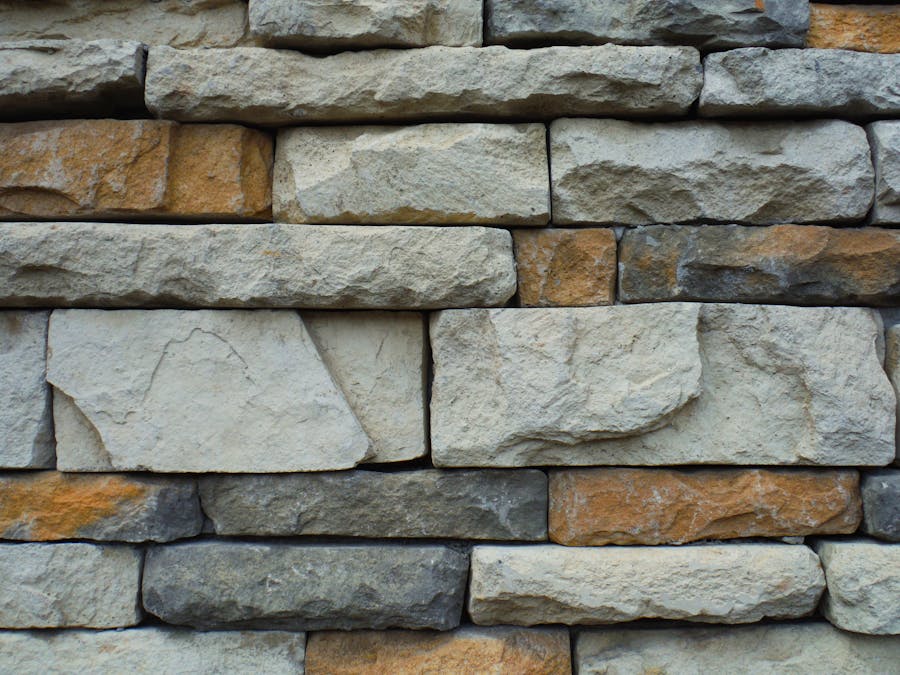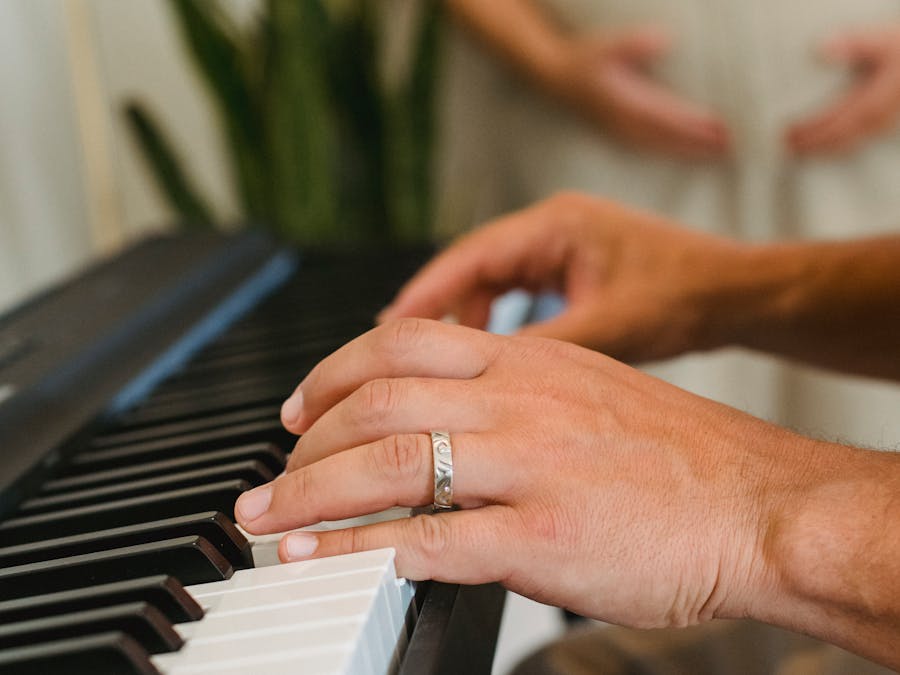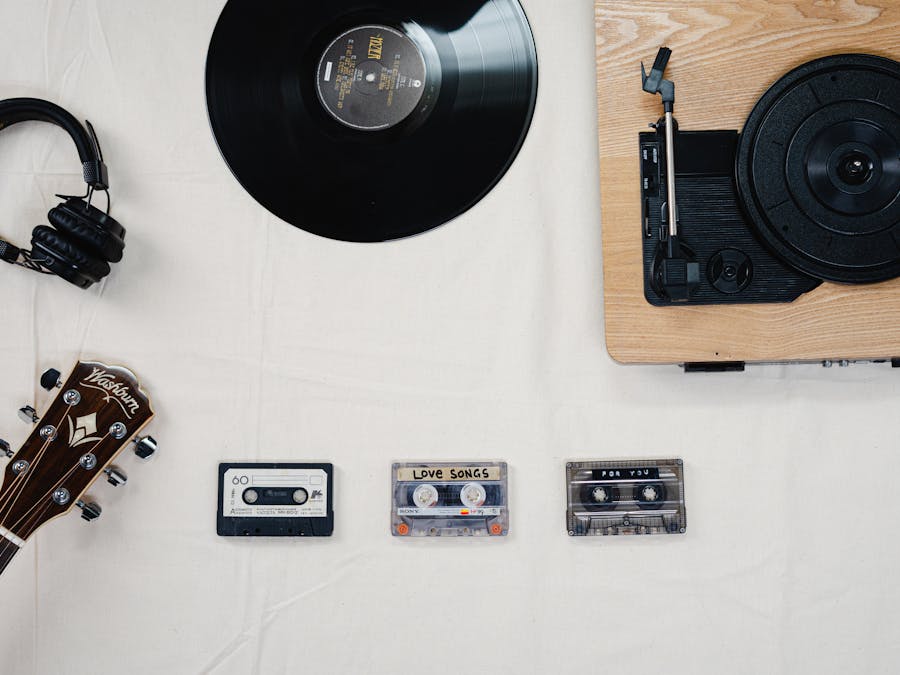 Piano Guidance
Piano Guidance
 Piano Guidance
Piano Guidance

 Photo: Miguel Á. Padriñán
Photo: Miguel Á. Padriñán
So, can you tune your own piano? Yes you can, however, it's extremely difficult! You need the right tools, a lot of patience, and should tune a junker piano first. You also, won't be able to tune it to the level of a professional.

Absolute pitch is a rare ability, and most people with this skill are born with it. While some argue that perfect pitch can be somewhat learned as...
Read More »
Symptoms of Stage Fright? Stage fright is not a mental disorder. Rather, it is a normal reaction to a stressful situation. Most people experience...
Read More »If your piano is starting to sound out of tune, you may be interested in trying to tune the piano yourself. You probably realize that tuning a piano is a much more complicated process then tuning a guitar. But how hard is it really? Could an amateur do a half decent job after a days work? While I am not a piano technician I wanted to answer this quetion for myself (I thought hey, maybe tuning pianos could be an easy side hustle). To help you decide if you can tune your piano, I will give an overview the process, including the cost of the tools, and challenges/dangers involved. This is not a how-to guide. I leave that to professional technicians. This article simply addresses whether you can tune a piano yourself. For the adventurous, you can check out this detailed plan for how to tune your piano. So, can you tune your own piano? Yes you can, however, it’s extremely difficult! You need the right tools, a lot of patience, and should tune a junker piano first. You also, won’t be able to tune it to the level of a professional. To give you a sense of the energy required in the task, I read about amateurs who were able to tune their piano over the course of a week after watching after watching many hours of youtube guides. I also read of a piano technician instructor who gave 20 hour trainings to prospective technicians and after the training he thought about 35% of trainees were able to perform acceptable tunings (source found here). How long does it take for a pro to learn? One technician said it took him 6 months of frequent tuning as an apprentice before he felt consistent tuning pianos. Other benchmarks I saw floating out their were 1000 tunings or up to 3 years, before you are a proficient tuner! Let’s understand the challenges you are up against, so you can see why it takes so long to master.

Actually, there are TWO ideal times to tune a piano! The first one in the year is in spring, and yes, this means that the best time to tune a piano...
Read More »
By the end of 1921, Hitler had his own private army, the “Sturmabteilung” (“Assault Division”), or SA, whose members were known as storm troopers...
Read More »To tune a piano you will need an electric chromatic tuner, a piano tuning lever, and some rubber mutes. electric chromatic tuner – $0-$1000. For a crude tuning you can get away with a free tuning app downloaded to your phone. For more accuracy, you will need a high quality tuner. Ideally the electric tuner would have a physical needle as this gives more accuracy, while a tuner with an electronic display may jump around more if it is poorly made. Professionals may use tuners that cost hundreds of dollars. Check to make sure that the tuner is set to “A440.” This means that the A above middle C resonates at 440 hz. This is the reference point in the standard tuning systems. For a crude tuning you can get away with a free tuning app downloaded to your phone. For more accuracy, you will need a high quality tuner. Ideally the electric tuner would have a physical needle as this gives more accuracy, while a tuner with an electronic display may jump around more if it is poorly made. Professionals may use tuners that cost hundreds of dollars. Check to make sure that the tuner is set to “A440.” This means that the A above middle C resonates at 440 hz. This is the reference point in the standard tuning systems. piano tuning lever – $50+. It is worth it to invest in a medium-high quality tuning lever. If you use a lower quality lever, you may damage the pins by rounding out the square edges. In addition, make sure to purchase a lever that will fit your pins. Typically tuning pins come with a size marking of “#2”, but you can measure the diameter and find its corresponding size here. It is worth it to invest in a medium-high quality tuning lever. If you use a lower quality lever, you may damage the pins by rounding out the square edges. In addition, make sure to purchase a lever that will fit your pins. Typically tuning pins come with a size marking of “#2”, but you can measure the diameter and find its corresponding size here. Rubber Wedge Mutes -$1+. Some keys have two or three corresponding strings. In this case you need to dampen some strings so you can accurately tune the rest. Some keys have two or three corresponding strings. In this case you need to dampen some strings so you can accurately tune the rest. Other tools. You may need a light source and a screwdriver to effectively access the inside of the piano.

Harmonic Structure In a short, 8-bar tune, the end of the first phrase sounds best if it ends on an imperfect cadence. This means that the end of...
Read More »
Pink Floyd | “Comfortably Numb” GUITARIST: David Gilmour (1979) Van Halen | “Eruption” ... Led Zeppelin | “Stairway To Heaven” ... Queen |...
Read More »
New Zealand Starring Holly Hunter, Harvey Keitel, Sam Neill, and Anna Paquin in her first major acting role, the film focuses on a mute Scottish...
Read More »
You can check if a keycap set will fit your mechanical keyboard by checking the layout of your keyboard, knowing the size of special keys such as...
Read More »
A gas cap helps your system normalize the air pressure inside the tank, which is an essential function. Without such, the pressure could rise too...
Read More »
nose flute Nose flute Fijian girl playing nose flute. Woodwind instrument Classification Woodwind Hornbostel–Sachs classification 421.111.12 (The...
Read More »